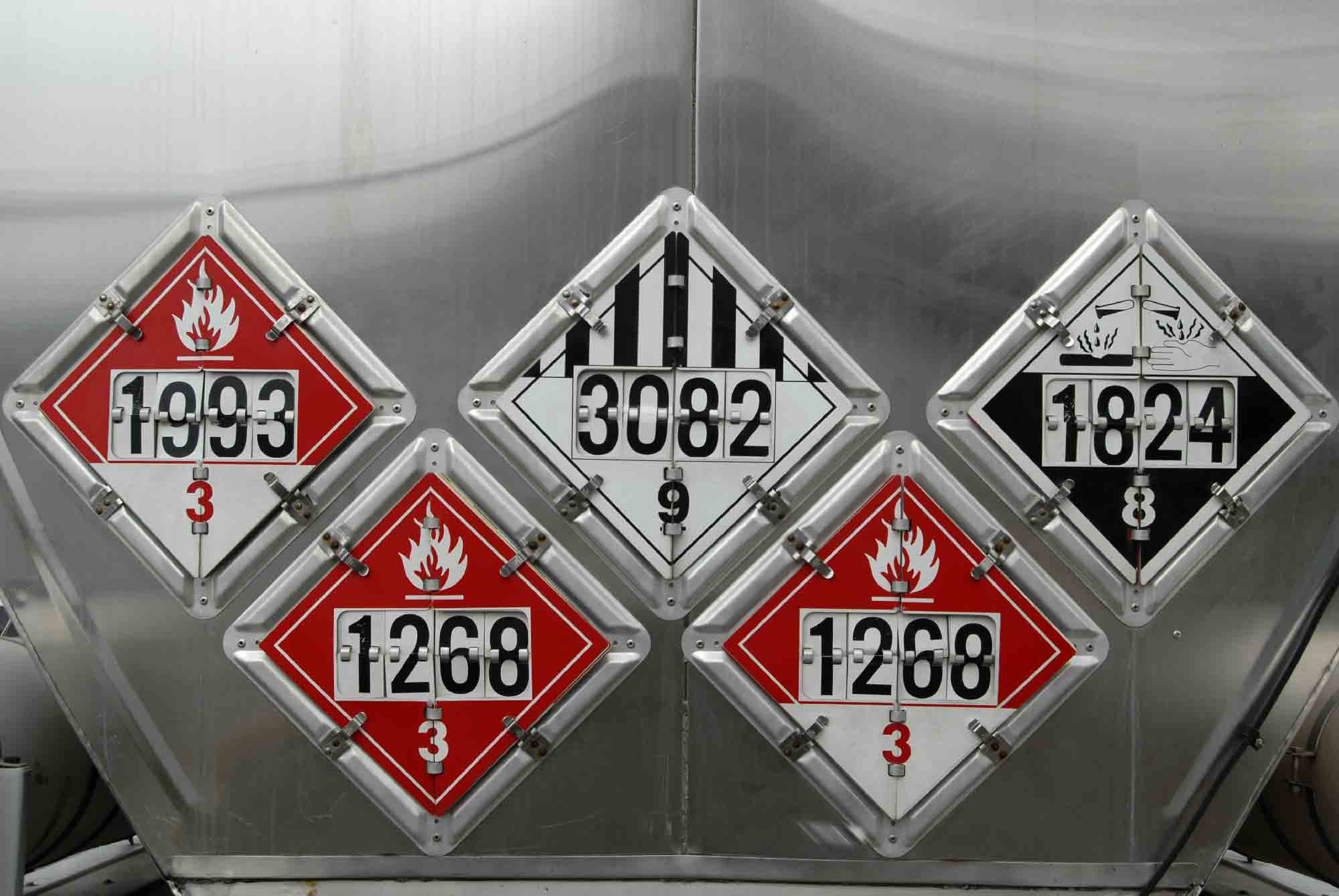Hazardous Materials Transportation & Security

COURSE TITLE:
Hazardous Materials Transportation Safety and Security Course
STUDENT CONTACT HOURS:
8 Hours
COURSE DESCRIPTION:
This course provides the safety awareness, security awareness and in-depth security training required by DOT for hazmat transportation workers. This course also provides OSHA first responder -awareness level training.
INTENDED AUDIENCE:
Drivers, dock workers and other workers involved in the transportation of hazardous materials by truck who may be the first to observe a release of hazardous materials or be aware of a security threat.
APPLICABLE STANDARDS:
OSHA 29 CFR 1910.120(q)(6)(i) and 29 CFR 1926.65(q)(6)(i); DOT 49 CFR 172.704(a)(1) and (a)(4).
TEACHING METHODS:
Instructor Lecture with student questions and discussion. Small group student activities.
CURRICULUM MATERIALS:
96-page student manual: Hazardous Materials Transportation Safety and Security Awareness Training. Employer's hazmat security plan. DOT Emergency Response Guidebook. Drivers Hazmat Pocketbook.
OTHER REQUIREMENTS:
A single instructor may teach this course provided that the class size does not exceed thirty (30) students.
INSTRUCTOR QUALIFICATIONS:
- Completed this course as a student; current certification (including refresher training).
- Practice taught this course supervised by a more experienced instructor.
- Evaluated by the Program's Industrial Hygienist.
- Attends annual IBT Instructor Development Program.
- Have a commercial drivers license with hazmat endorsement.
TESTING AND PERFORMANCE EVALUATION:
10 Question multiple choice Pre-Test.
10 Question multiple choice Post-Test.
MODULES AND LEARNING OBJECTIVES:
This course follows topics and learning objectives contained in the student manual. These are listed below.
Health Effects of Hazardous Materials (1 hour)
- Identify six examples of adverse health effects caused by exposure to hazardous materials.
- Identify five routes of entry.
- Define "acute" and "chronic" health effects.
- Define "local" and "systemic" health effects and "target organ.
Regulations and Standards (1/2 Hour)
- Identify the DOT training requirements for workers involved in the transportation of hazardous materials.
- Identify the OSHA training requirements for first responders at the awareness level.
- Identify the responsibilities of the driver when transporting hazardous materials.
- Identify the general provisions of the OSHA Hazard Communication Standard.
Identifying Hazardous Materials (1 Hour)
- Demonstrate how to use the DOT Hazardous Materials Table.
- Identify the proper shipping name of a hazardous material.
- Identify the proper marking(s), label(s) and placard(s) for a hazardous material.
- Demonstrate how to find information about a hazardous material on the shipping papers.
Handling and loading Hazardous Materials (1 Hour)
- Identify the proper methods to handle hazardous materials in transportation so that containers and packaging are not damaged.
- Identify the proper loading procedures to keep incompatible hazardous materials apart.
- Demonstrate the correct use of the DOT Segregation Table for Hazardous Materials.
- Identify the DOT Compatibility Table for Class I (Explosive) Materials.
- Identify how to determine the amount of radioactive materials that may be loaded in one vehicle.
Transporting Hazardous Materials (1/2 Hour)
- Identify the safe driving practices to use when transporting hazardous materials.
- Identify the safe driving practices for parking a vehicle containing hazardous materials.
- Identify the proper procedures to follow in the event of a leak or spill of hazardous materials.
- Identify the four types of information provided in the DOT North American Emergency Response Guidebook.
- Identify when notification of a hazardous materials incident must be reported immediately to the National Response Center.
Hazmat Transportation Security Awareness (2 Hours)
- Recognizing security threats.
- Introduction to employer security plans.
- Background checks for drivers with hazmat endorsements.
- Responding to and reporting security threats.
- Secure work practices
In-depth Hazmat Transportation Security (2 Hours)
- Employer's hazmat security plan.
- Personnel security.
- En-route security.
- Access control.
- Site-specific secure work practices

